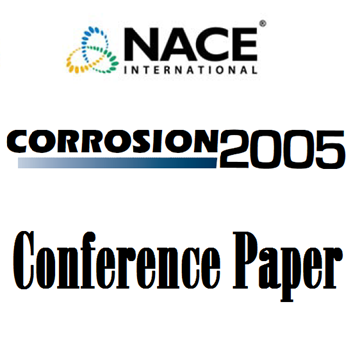Search
02235 IMPROVEMENTS ON DE WAARD-MILLIAMS CORROSION PREDICTION AND APPLICATIONS TO CORROSION MANAGEMENT
Also Purchased
05551 CO2 Corrosion Prediction Model - Basic Principles
Product Number:
51300-05551-SG
ISBN:
05551 2005 CP
Publication Date:
2005
$20.00
51393-069-Prediction of CO2 Corrosion of Carbon Steel
Product Number:
51393-069-SG
Publication Date:
1993
$20.00
05648 Corrosion Prediction and Materials Selection for Oil and Gas Producing Environments
Product Number:
51300-05648-SG
ISBN:
05648 2005 CP
$20.00




